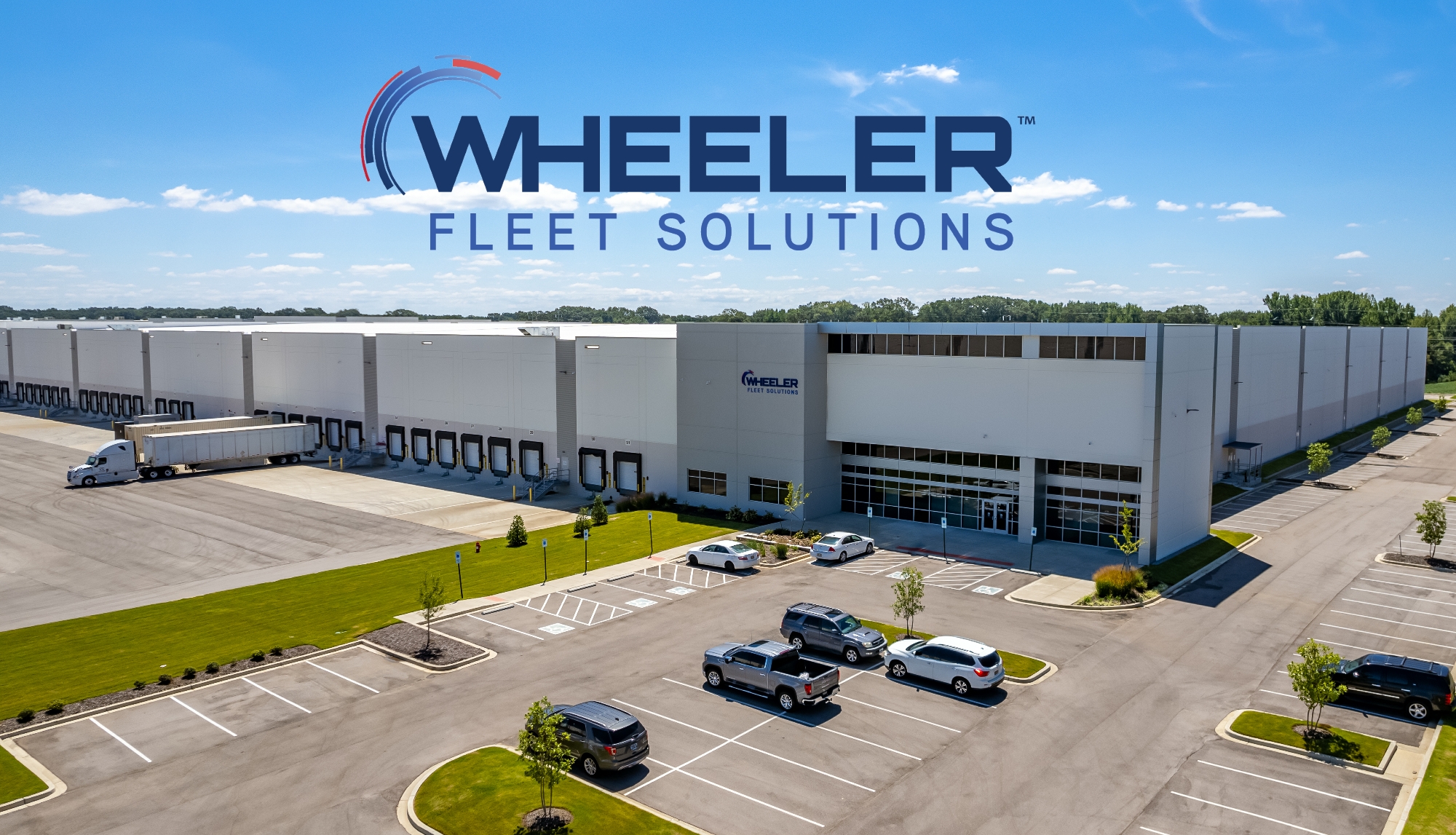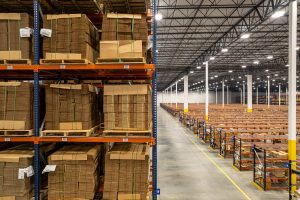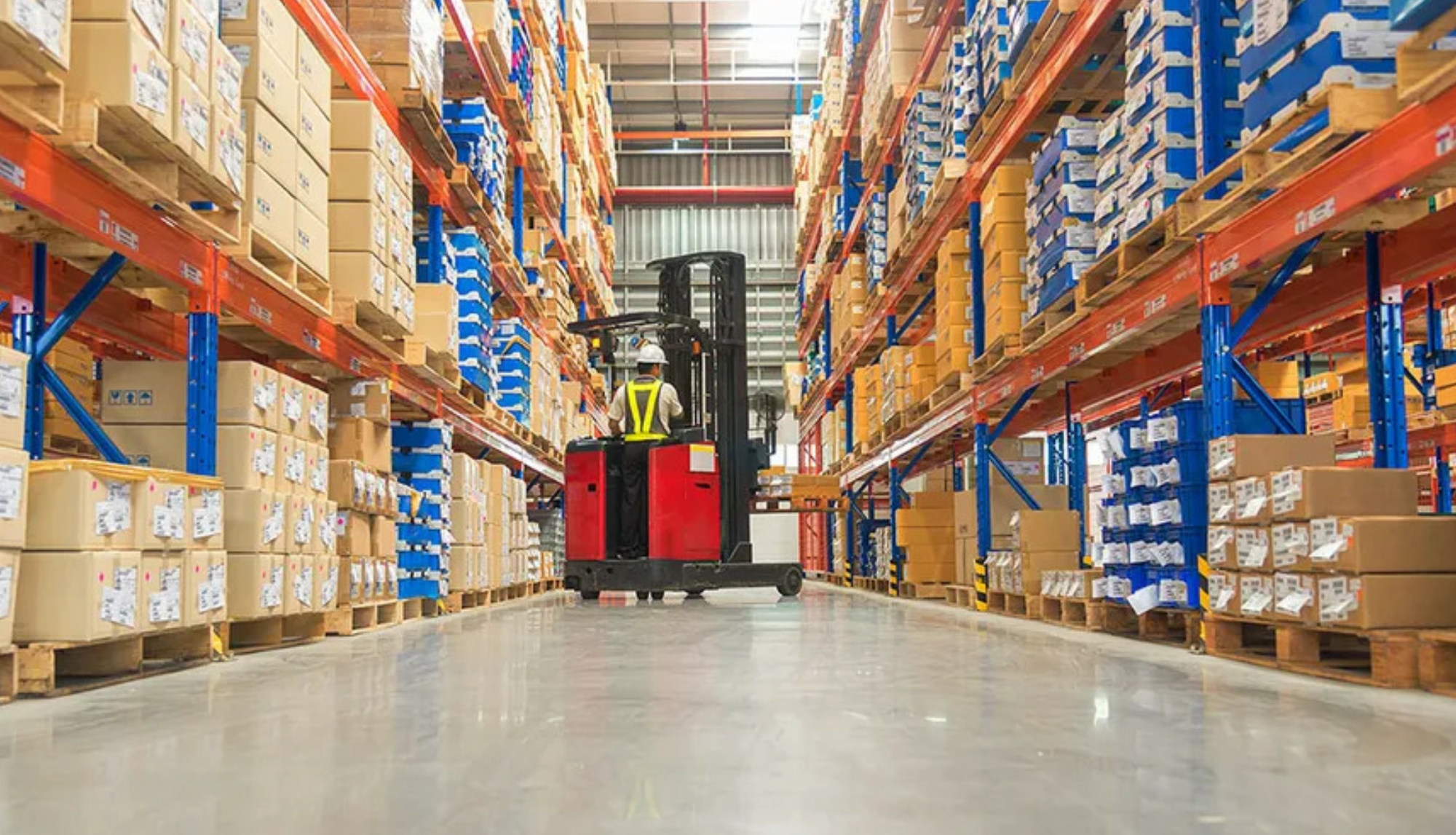
Who is Wheeler Fleet Solutions
 Wheeler Fleet Solutions and how did they grow from a small locally owner repair shop into a powerhouse distributor in the Aftermarket
Wheeler Fleet Solutions and how did they grow from a small locally owner repair shop into a powerhouse distributor in the Aftermarket
Wheeler Fleet Solutions got its start as Wheeler Bros – a small locally owned repair shop by the Wheeler family in 1960 out of Somerset PA just off of the PA Turnpike. Since its start Wheeler has evolved its business into 3 go to market strategies inclusive of USPS sales, Commercial fleets and municipalities, and its newest segment eCommerce.
Wheeler was family owned and operated for nearly three generations until June of 2011 when it was acquired by VSE corporation. VSE is headquartered in Alexandria, VA and Wheeler is headquartered in Somerset PA. Wheeler has 3 distribution centers across the US one on its corporate campus in Somerset PA (5 buildings over 300,000 sq. ft with warehousing, engineering, and admin functions), one in Grand Prairie TX, and their newest half a million square foot DC in Olive Branch MS that opened in Jan of 2023.
Wheeler Fleet specializes in parts distribution across those three go to market strategies – they offer additional services to their customers like their home-grown managed inventory plus (MIP) program, Fleet management software, custom curated engineered service parts, eCommerce fulfillment across various .coms, a custom catered eCommerce solution with its partners, and its own line of private label parts (Wheeler Fit)
In 2023 Wheeler hit a record revenue of 317 million which put that at an increase of over 21% from the previous year – and are on track to beat that again this year as 2024 comes to a close. This was not done without the hard work of our employees and people we greatly expanded our product offering with new and existing customers while doubling the size of our catalogue. Launched the OB distribution center to scale the growth in eCommerce we were seeing and continue to see, all while continuing our strong support and relationship with the USPS by offering an even broader range of options supporting multiple vehicles in their fleet.
We pride ourselves in not only providing parts but solutions as well. Strong relationships and partnerships are how we continue to scale our growth – we support both the commercial, traditional, performance, and HD markets. Driving uptime is not in our slogan for no reason, time down is money lost and we work everyday to keep our customers on the road for longer. With the expansion of our company and the new DCs our main focus was to identify areas across the United States to reduce the time to the customer. Combining our knowledge in classes 4-8 and leveraging that to excel in a not widely covered market on eCommerce platforms is another point of acceleration for Wheeler.
Streamlining Supply Chains: How Warehouse Distributors Are Adapting to the EV Parts Boom

The Changing Landscape of Automotive Design
The automotive industry is evolving at a breakneck pace, and much of this change is being driven by artificial intelligence (AI) and the Internet of Things (IoT). These technologies are not only transforming how cars are built but also how they function and interact with their environment. From smarter design processes to connected vehicles that “talk” to each other, AI and IoT are helping automakers push the boundaries of what’s possible. It’s a shift that promises safer, more efficient, and more personalized driving experiences for everyone.
Smarter, Faster Design with AI
Incorporating AI into the design process allows automakers to develop new vehicles faster and with greater precision. Traditionally, designing a car could take years, with endless prototypes and revisions. Today, AI-driven design tools can simulate performance, safety, and efficiency in a fraction of the time. For example, generative design algorithms can create thousands of potential designs for a single part, optimizing for weight, strength, and cost. This means that every component of a vehicle, from its chassis to its cup holders, can be engineered to perfection before it’s ever built.
IoT: Connecting Vehicles to the World
The IoT is taking vehicles to the next level by embedding them with sensors and communication systems that keep them connected to their surroundings. Cars can now share real-time data about traffic, road conditions, and even maintenance needs with other vehicles, infrastructure, and their owners. This connectivity improves safety, prevents breakdowns, and makes driving more efficient. Imagine a car that alerts you when a part is wearing out or automatically reroutes you to avoid an accident—this is the power of IoT in action.
Enhancing the Driver Experience
AI and IoT are also making cars smarter and more intuitive for drivers. Advanced driver-assistance systems (ADAS) use AI to recognize road signs, detect obstacles, and even take control to prevent accidents. Meanwhile, IoT-enabled features like voice-controlled infotainment and remote diagnostics make life more convenient. Automakers are now focusing on creating vehicles that don’t just take you from point A to point B but adapt to your needs and preferences, offering a truly personalized driving experience.
Collaboration Across the Industry
The adoption of AI and IoT in original equipment design isn’t happening in isolation. Automakers are teaming up with tech companies, startups, and even governments to develop and implement these technologies. Collaborative efforts are driving advancements in areas like smart cities, where vehicles communicate seamlessly with traffic lights and parking systems. These partnerships are crucial for creating an ecosystem where AI and IoT can thrive, benefiting not just individual drivers but society as a whole.
Driving Into the Future
As automakers embrace AI and IoT, the future of vehicle design and functionality looks more promising than ever. These technologies are making cars safer, smarter, and more efficient, while also transforming how they’re built. The road ahead is full of possibilities, from fully autonomous vehicles to cities designed with connected cars in mind. By leveraging AI and IoT, automakers are not just navigating the future—they’re shaping it, one innovation at a time.
The Future of Automotive Distribution: Embracing Automation and Real-Time Inventory Management

The Changing World of Automotive Distribution
Automotive distribution is no longer just about delivering cars from factories to dealerships. In today’s fast-paced world, it’s about meeting customer expectations for speed, efficiency, and transparency. As the industry adapts to new challenges like supply chain disruptions and the rise of direct-to-consumer sales, automation and real-time inventory management have become essential. These technologies are helping automakers and dealers streamline operations, reduce costs, and ensure that customers get what they need, when they need it.
Automation: Streamlining the Supply Chain
Automation is revolutionizing how vehicles and parts move through the supply chain. Robots and automated systems are now handling everything from sorting and packing parts in warehouses to loading and unloading vehicles at distribution centers. This reduces human error, speeds up processes, and keeps operations running smoothly around the clock. For example, some manufacturers use automated guided vehicles (AGVs) to transport parts across factories and distribution hubs, ensuring seamless transitions between production and delivery.
Real-Time Inventory: Staying Ahead of Demand
Real-time inventory management is a game-changer for the automotive industry. Using advanced tracking systems and IoT sensors, companies can monitor stock levels and locations with pinpoint accuracy. This means that dealerships can know exactly when a car or part will arrive, and customers can track their orders in real time. Real-time insights also help manufacturers predict demand, avoiding overproduction or shortages. For instance, if a certain model is trending in a specific region, companies can adjust their inventory to match customer preferences more effectively.
Improving Customer Experiences
The combination of automation and real-time inventory management is transforming how customers shop for vehicles and parts. Buyers can now configure cars online, check availability at local dealerships, and even schedule delivery to their homes. For parts and repairs, real-time inventory ensures faster service by reducing wait times for components. These advancements don’t just make distribution more efficient—they make it more customer-centric, giving people the convenience and transparency they’ve come to expect in a digital-first world.
Collaboration Across the Ecosystem
The shift toward smarter distribution systems requires collaboration at every level of the automotive supply chain. Automakers, dealerships, logistics providers, and technology companies are working together to integrate automation and inventory management tools. This partnership is essential for creating a seamless flow of goods, from factories to customers’ driveways. By sharing data and adopting standardized systems, the entire industry can operate more efficiently and respond to market changes faster.
Driving Toward a Smarter Future
The future of automotive distribution is one where efficiency and transparency reign. Automation and real-time inventory management are enabling the industry to overcome challenges like supply chain disruptions and shifting consumer demands. As these technologies continue to evolve, they’ll play a key role in making the automotive supply chain more agile, sustainable, and customer-focused. For manufacturers and dealerships alike, embracing these innovations is not just an option—it’s the way forward in a rapidly changing world.
Scaling for Success: Strategies Warehouse Distributors Use to Meet Growing Demand in the Aftermarket Industry

The Surge in Aftermarket Demand
The aftermarket automotive industry is booming, driven by a growing number of vehicles on the road and an increasing demand for replacement parts, upgrades, and accessories. As car owners keep their vehicles longer, the need for high-quality aftermarket products is higher than ever. For warehouse distributors, this presents both an opportunity and a challenge: how to scale operations to meet the rising demand while maintaining efficiency, accuracy, and customer satisfaction.
Embracing Technology for Efficiency
Warehouse distributors in the aftermarket industry are increasingly turning to technology to streamline their operations. Automation tools like robotics, automated guided vehicles (AGVs), and conveyor systems help move products quickly and reduce the reliance on manual labor. Real-time inventory management systems powered by the Internet of Things (IoT) allow distributors to keep track of parts as they move through the warehouse, ensuring stock levels are optimized and orders are fulfilled faster. By integrating these technologies, distributors can scale their operations without sacrificing accuracy or speed.
Expanding Warehouse Capacity
With demand for aftermarket products growing, warehouse space is at a premium. To keep up, distributors are expanding their storage capacity by building larger warehouses or upgrading existing facilities. This often means adopting new shelving systems, better space utilization strategies, and optimizing the layout of warehouses to ensure products are easy to access and store. For many, this also means increasing their distribution footprint by adding more regional centers to reduce delivery times and meet customer needs faster.
Strengthening Supplier Relationships
As demand for aftermarket parts rises, maintaining strong relationships with suppliers has never been more important. Warehouse distributors are working closely with manufacturers to ensure a consistent flow of high-quality parts that meet customer expectations. These partnerships allow distributors to better forecast demand, avoid stockouts, and offer exclusive products. Additionally, some distributors are working with suppliers to improve packaging and delivery efficiency, further reducing the cost and time associated with getting products to customers.
Leveraging Data to Improve Operations
Data is a powerful tool for warehouse distributors looking to scale their operations effectively. By analyzing customer buying patterns, sales data, and inventory turnover, distributors can better predict which parts will be in demand and adjust their stocking levels accordingly. Machine learning algorithms can also help optimize the supply chain, predicting potential disruptions or delays and allowing distributors to make adjustments before problems arise. Data-driven decisions enable distributors to be more agile, ensuring they can meet fluctuating demand without overstocking or understocking.
Building a Customer-Centric Model
Finally, the key to success in the aftermarket industry lies in providing an exceptional customer experience. Warehouse distributors are focusing on improving their order fulfillment processes, offering quicker deliveries, and providing excellent customer service. By using technology to streamline operations and optimize inventory, distributors can ensure that parts are always available when customers need them. Additionally, offering tools like online catalogs, real-time tracking, and easy returns policies enhances customer satisfaction and builds loyalty. In an industry where trust and reliability are critical, focusing on the customer experience is the key to sustainable growth.




